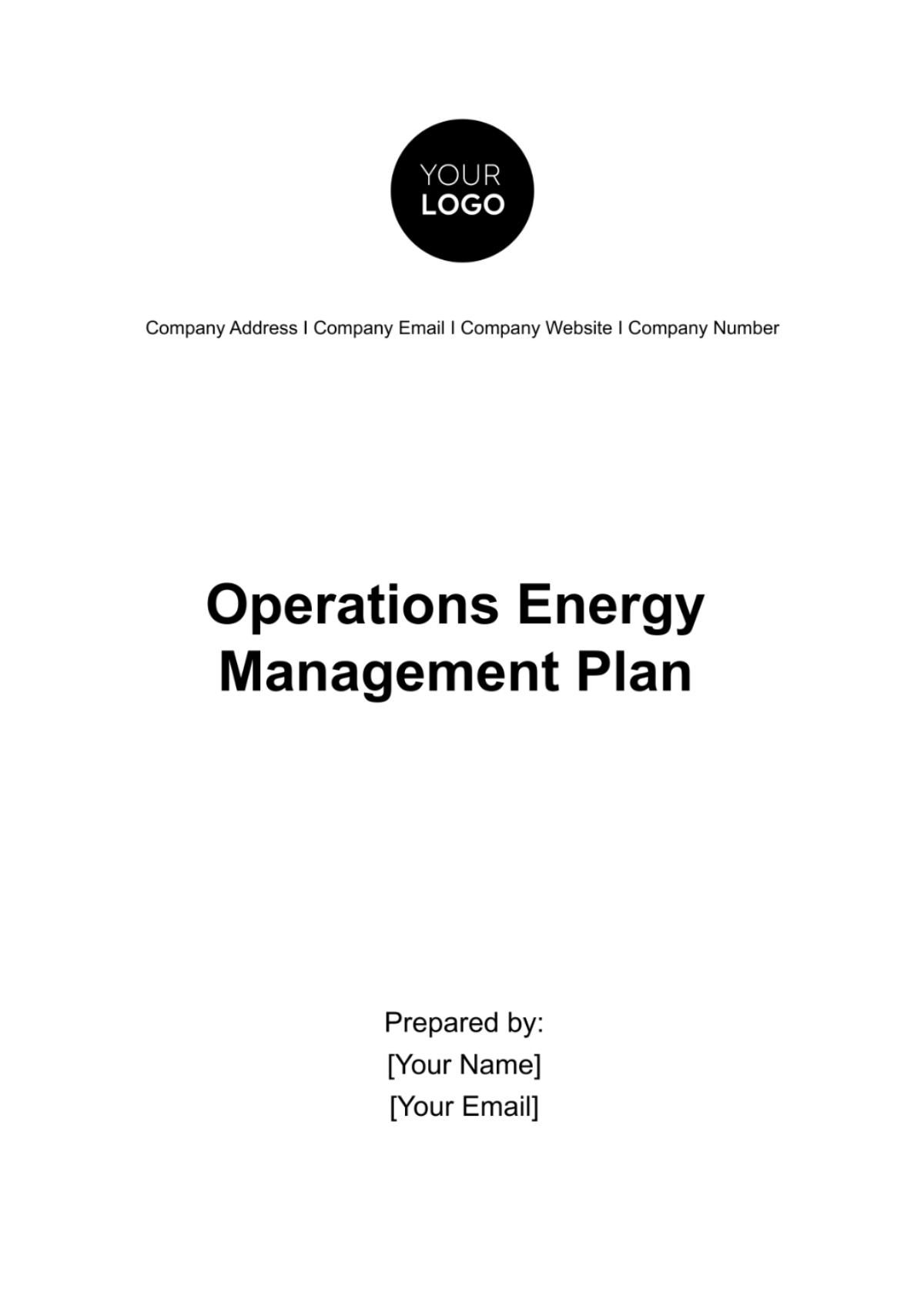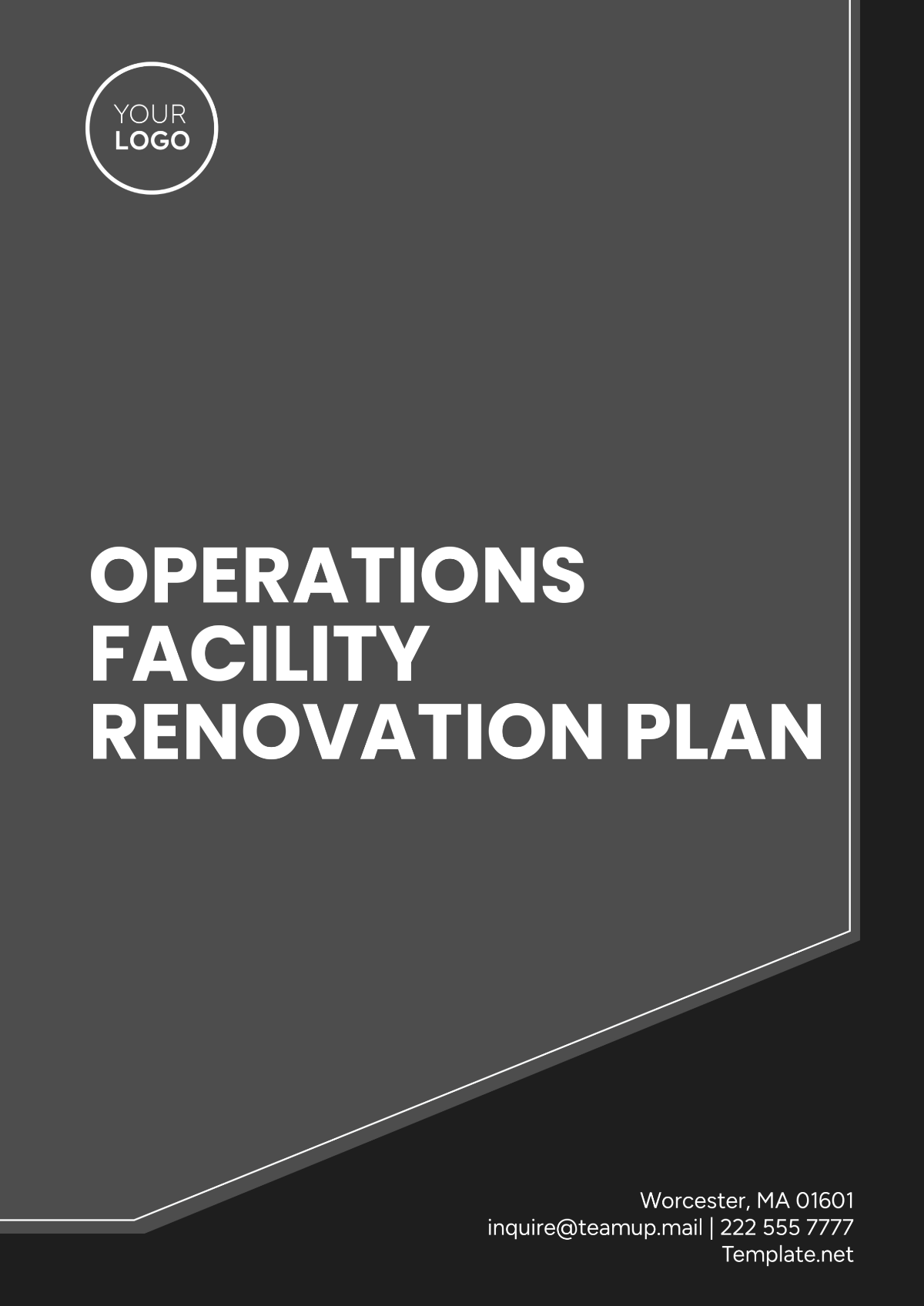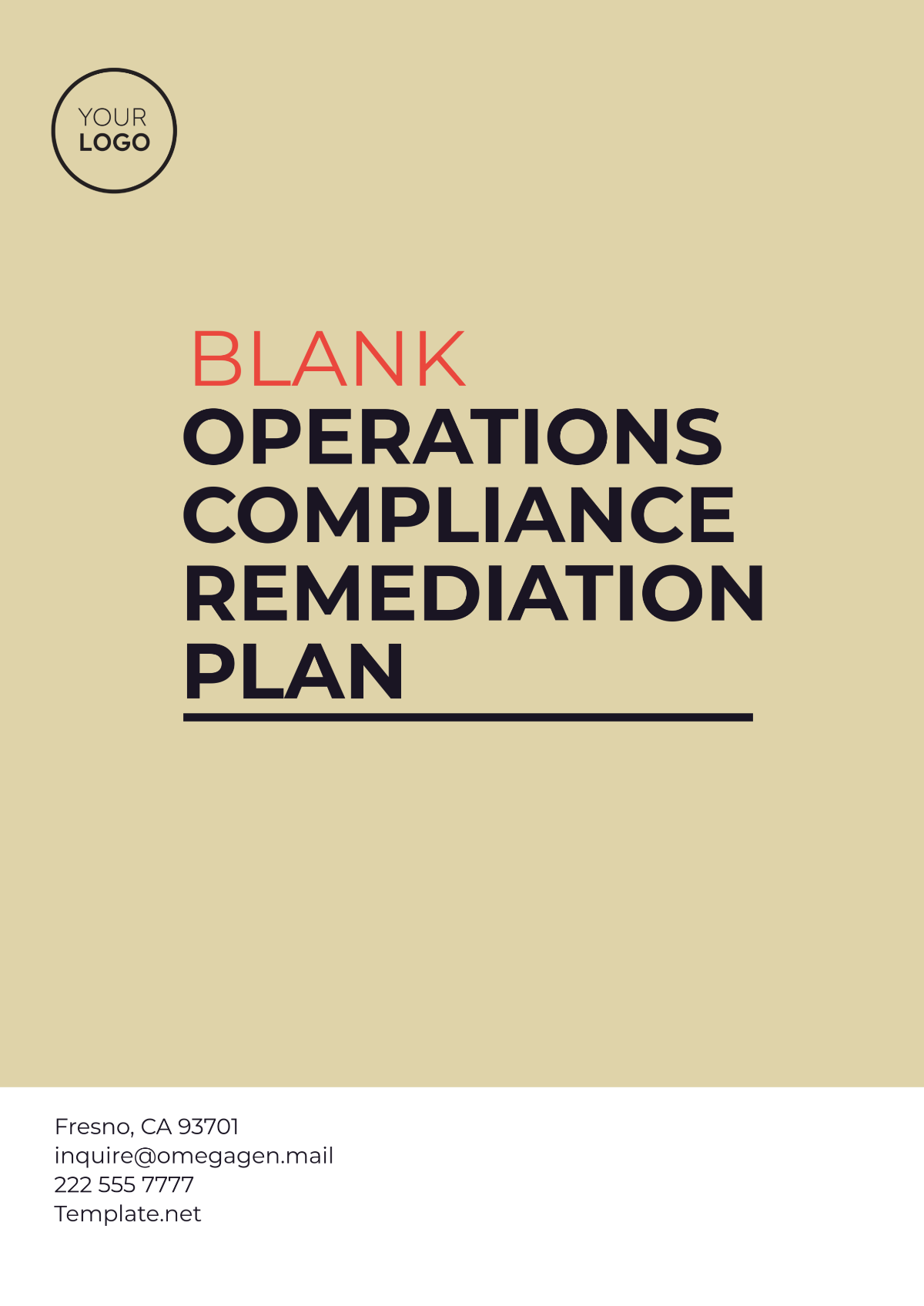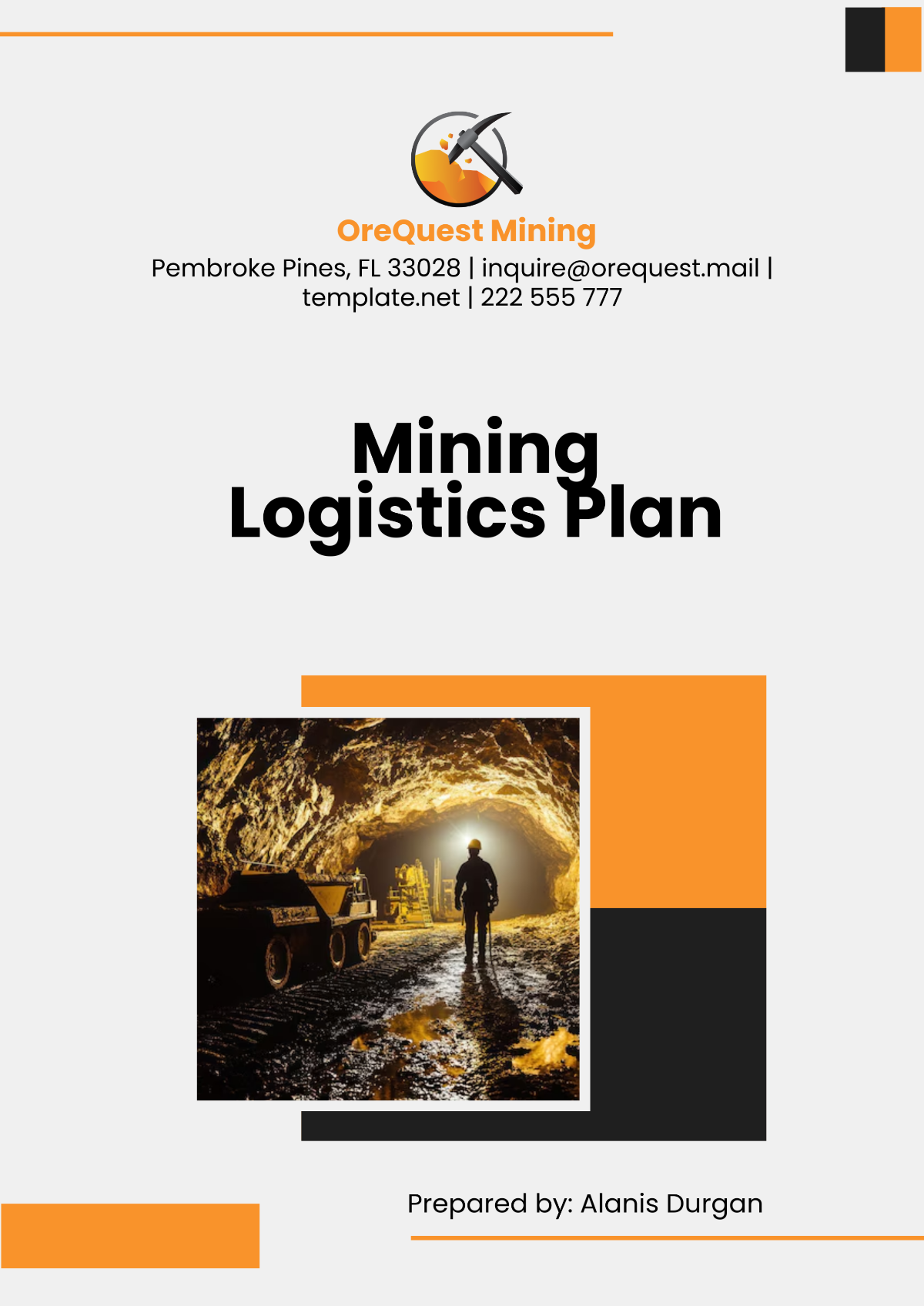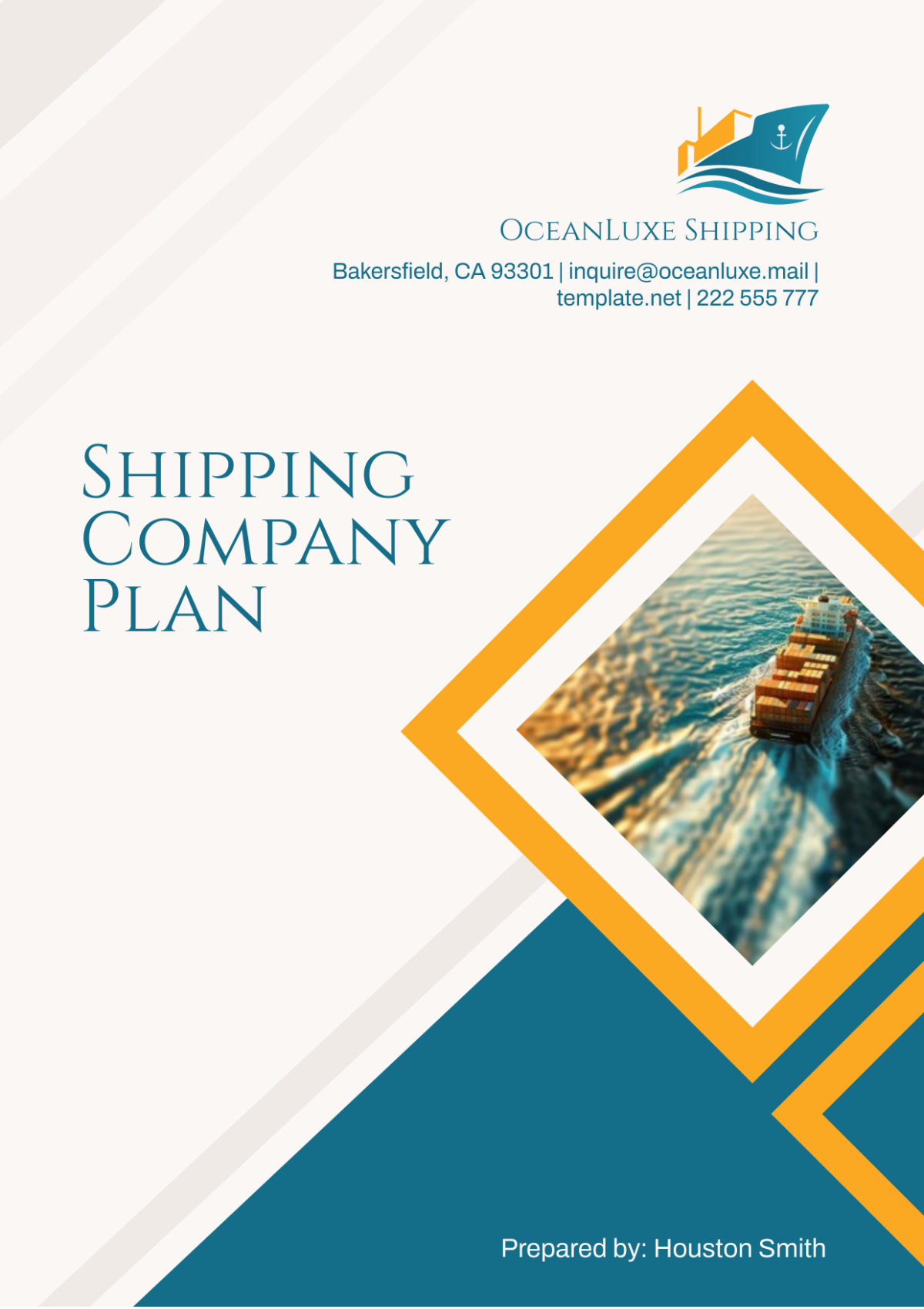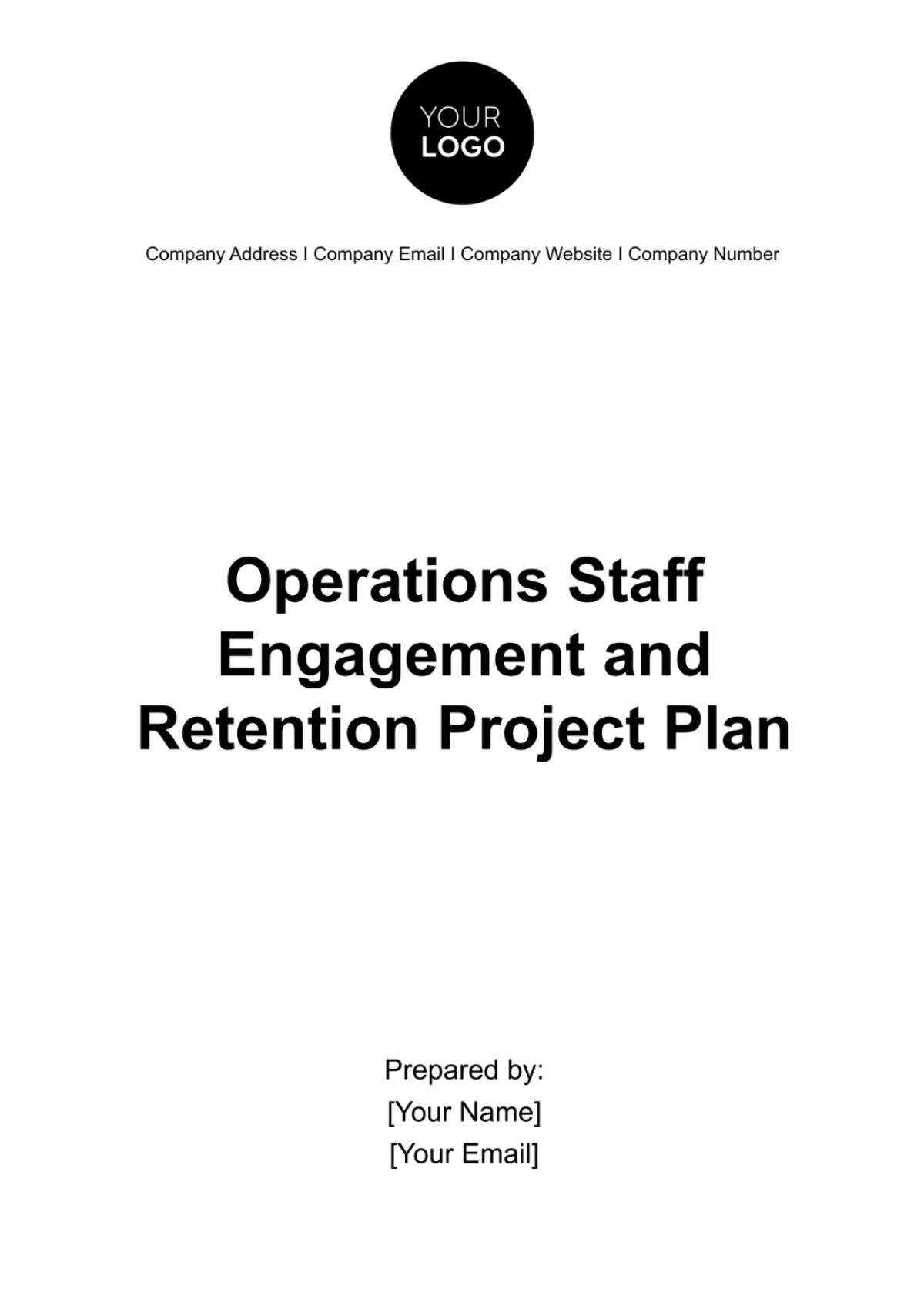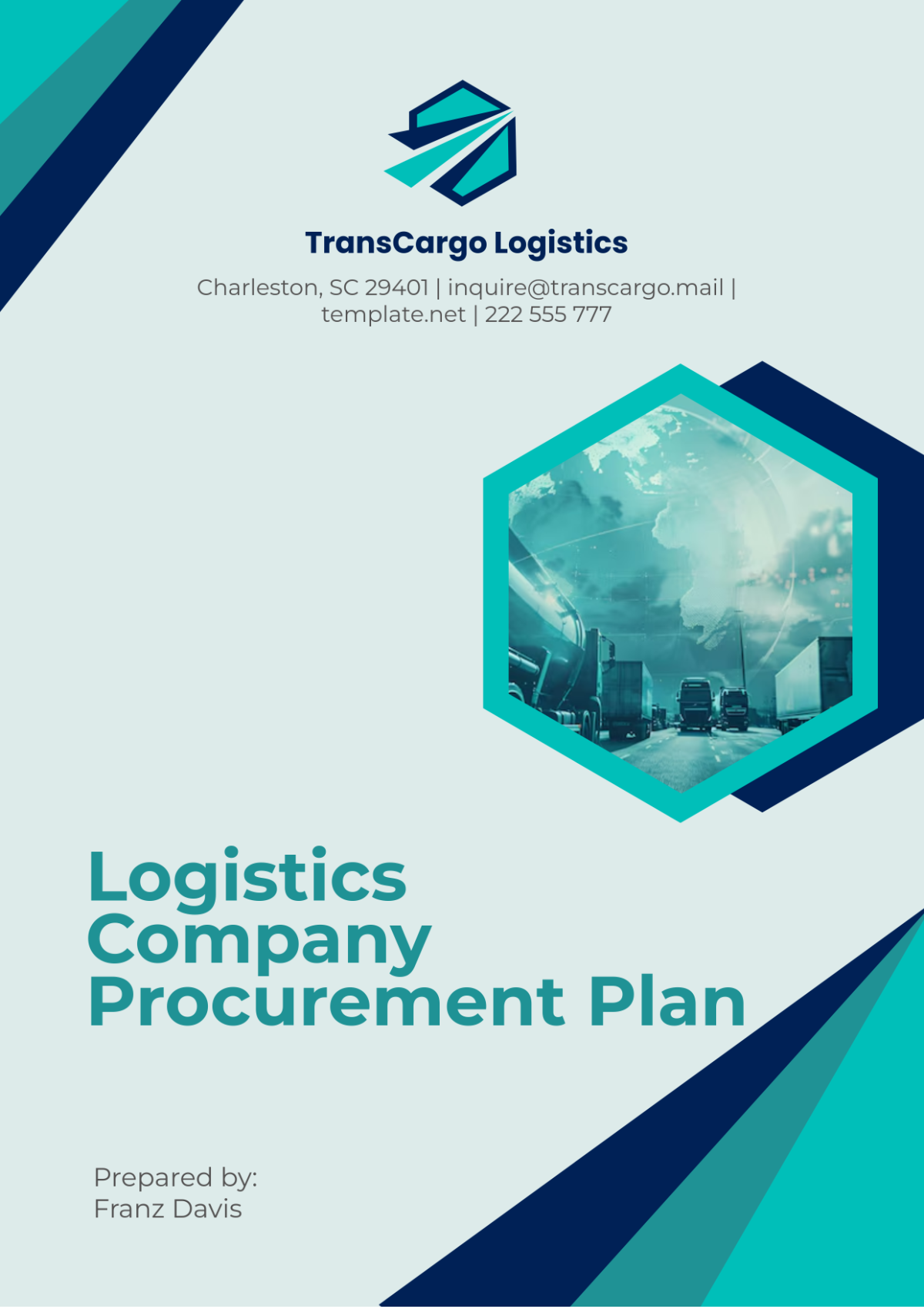Operations Plan
Prepared By: | [Your Name] |
Company: | [Your Company Name] |
Date: | [Date] |
I. Executive Summary
This Operations Plan outlines a comprehensive approach to achieving organizational goals through strategic initiatives and efficient resource utilization. By focusing on improving operational efficiency, enhancing customer satisfaction, and reducing costs, the plan sets a roadmap for sustained success and long-term growth. The strategies detailed herein emphasize innovation, employee empowerment, and continuous improvement to adapt to dynamic business environments and deliver value to stakeholders.
II. Objectives
Increase operational efficiency by implementing lean principles and optimizing workflows by 20% by 2055.
Enhance customer satisfaction ratings to exceed industry benchmarks by 25% by 2057.
Reduce production costs by 15% through process optimization and strategic sourcing by 2054.
III. Actions
Action | Timeline |
|---|---|
Launch a comprehensive training program to upskill employees | Q1 2053 |
Implement an advanced inventory management system using AI and predictive analytics | Q3 2056 |
Establish a customer feedback loop integrated into the CRM system | Q2 2051 |
Deploy robotics and automation solutions to streamline production processes | Q4 2052 |
Forge strategic partnerships with key suppliers | Q1 2050 |
Foster a culture of innovation and empowerment through training and recognition programs | Throughout 2058 |
IV. Monitoring and Evaluation
To ensure the success of this Operations Plan, a robust monitoring and evaluation framework will be established:
Key Performance Indicators (KPIs): Operational efficiency, customer satisfaction scores, and cost-saving initiatives will be tracked regularly to gauge performance.
Quarterly Performance Reviews: Quarterly reviews will assess the effectiveness of implemented actions, identify areas for improvement, and adjust strategies accordingly.
Data Analysis: Data analytics tools will analyze trends, identify patterns, and extract actionable insights from operational data.
Stakeholder Feedback: Feedback from internal stakeholders, including employees and managers, as well as external stakeholders such as customers and suppliers, will be solicited and incorporated into our evaluation processes.
Continuous Improvement: Continuous improvement will be prioritized, with learnings from monitoring and evaluation activities driving iterative enhancements to our operational strategies and processes.
V. Risk Management
Risk | Mitigation Strategy |
|---|---|
Cybersecurity Threats | Invest in robust cybersecurity measures including firewalls, encryption, and regular security audits. |
Geopolitical Instability | Diversify supplier base to mitigate risks associated with geopolitical events in specific regions. |
Supply Chain Disruptions | Develop alternative sourcing options, maintain safety stock levels, and establish contingency plans for critical components. |
Technological Obsolescence | Stay abreast of technological advancements, invest in research and development, and maintain flexibility in technology adoption. |
Talent Attrition and Skill Gaps | Implement comprehensive training and development programs, offer competitive compensation and benefits, and foster a positive work culture to retain top talent. |
Natural Disasters and Environmental Risks | Conduct risk assessments, implement disaster recovery plans, and adhere to environmental regulations to minimize impact. |
VI. Communication Plan
Effective communication is critical to the success of the Operations Plan. The following channels and strategies will be employed:
Communication Channel | Purpose |
|---|---|
Digital Platforms (Email, Intranet) | Disseminate important updates, announcements, and documents to all employees promptly. |
Town Hall Meetings | Foster open dialogue between management and employees, address company-wide concerns, and provide updates on organizational strategies and goals. |
Departmental Huddles | Facilitate communication within departments, discuss specific operational issues, share best practices, and gather feedback from frontline employees. |
Project Management Tools (e.g., Slack) | Enable real-time collaboration and communication among cross-functional teams working on specific projects or initiatives. |
Employee Feedback Mechanisms (e.g., Surveys) | Gather feedback from employees on various aspects of operations, including satisfaction, communication effectiveness, and suggestions for improvement. |
Leadership Office Hours | Provide employees with opportunities to meet with leadership to discuss ideas, address concerns, and receive guidance on career development and growth. |
VII. Budget
The financial resources allocated to this Operations Plan are as follows:
Category | Allocation |
|---|---|
Technology Investments | $2,500,000 |
Training and Development | $1,000,000 |
Research and Development | $1,200,000 |
Marketing and Promotion | $800,000 |
Operations and Maintenance | $1,300,000 |
Contingency | $500,000 |
Total Budget | $7,300,000 |
This budget ensures adequate funding for the implementation of strategic initiatives and unforeseen contingencies.
VIII. Conclusion
This Operations Plan serves as a strategic blueprint for enhancing operational efficiency, elevating customer satisfaction, and reducing costs. By leveraging innovative technologies, fostering a culture of excellence, and emphasizing continuous improvement, the organization is well-positioned to achieve its goals and sustain competitive advantage. With commitment from all stakeholders, the plan promises to drive meaningful progress and long-term success.





